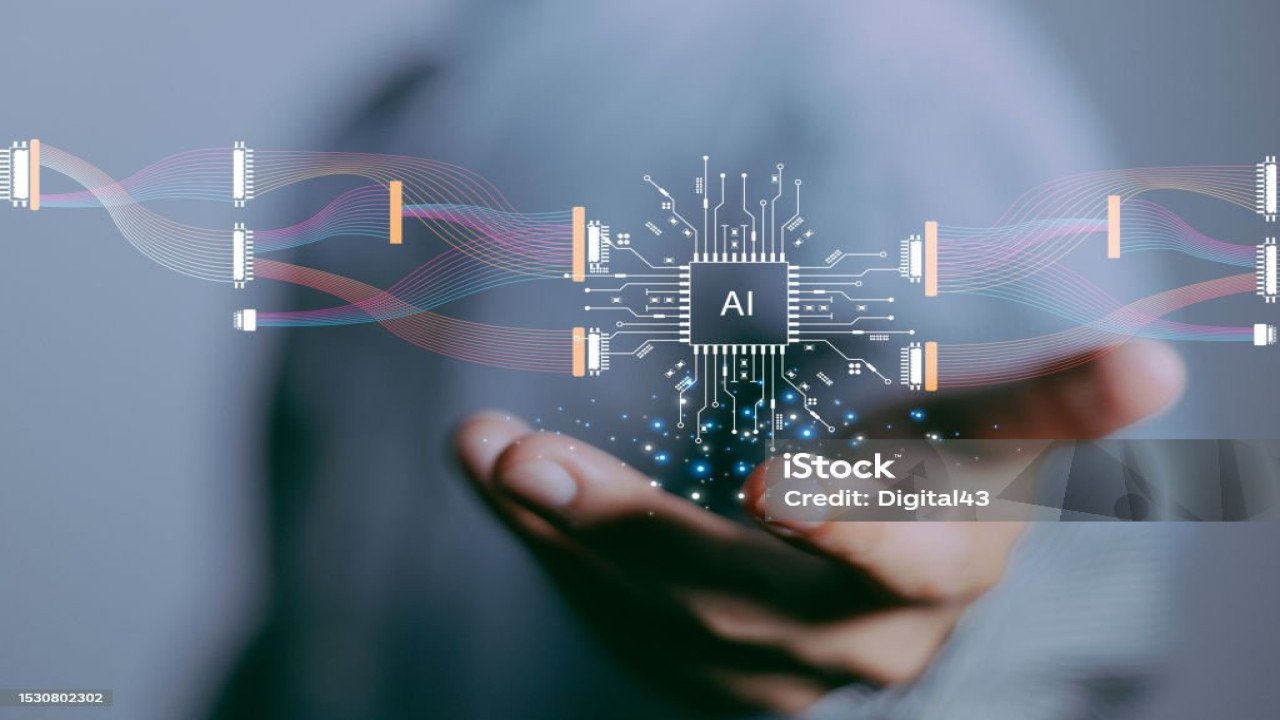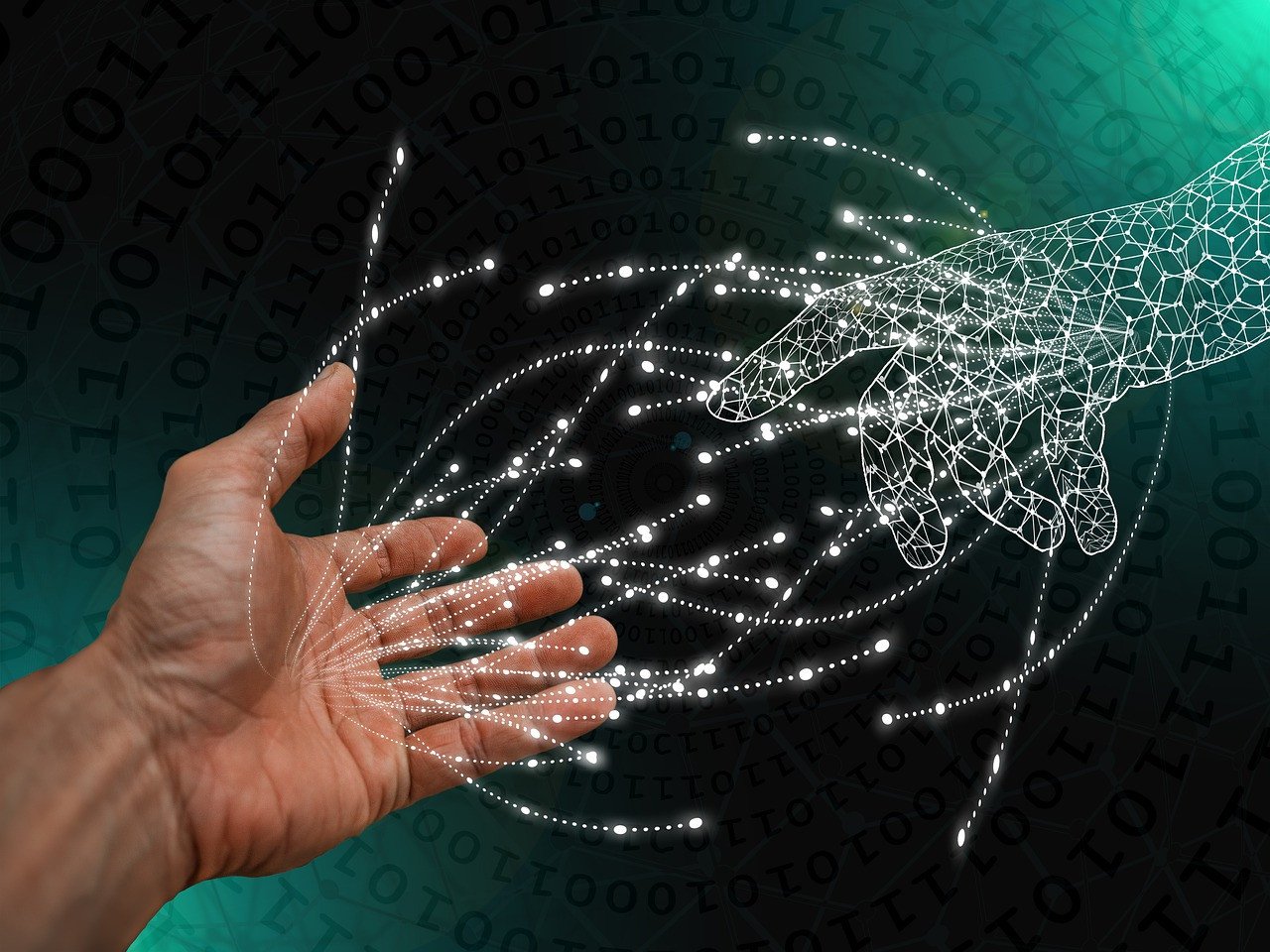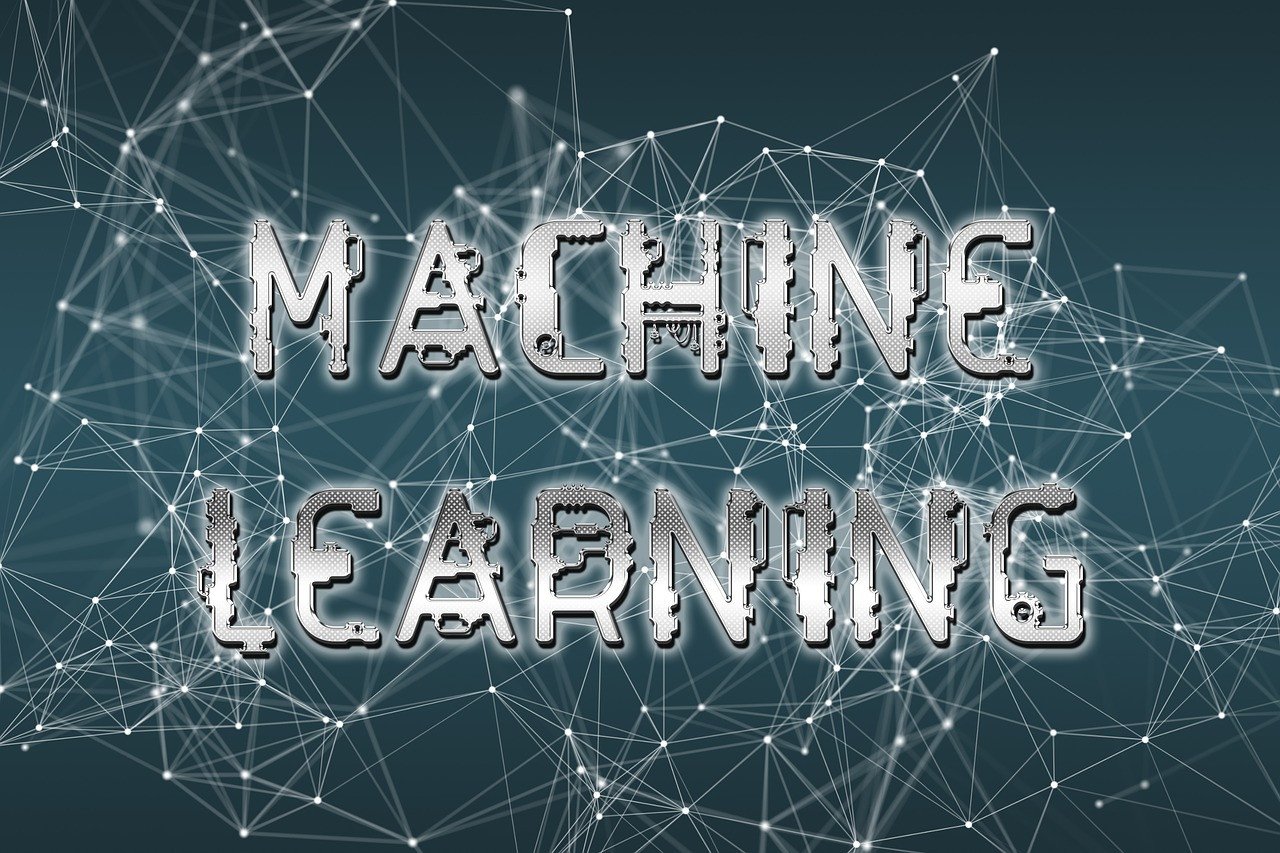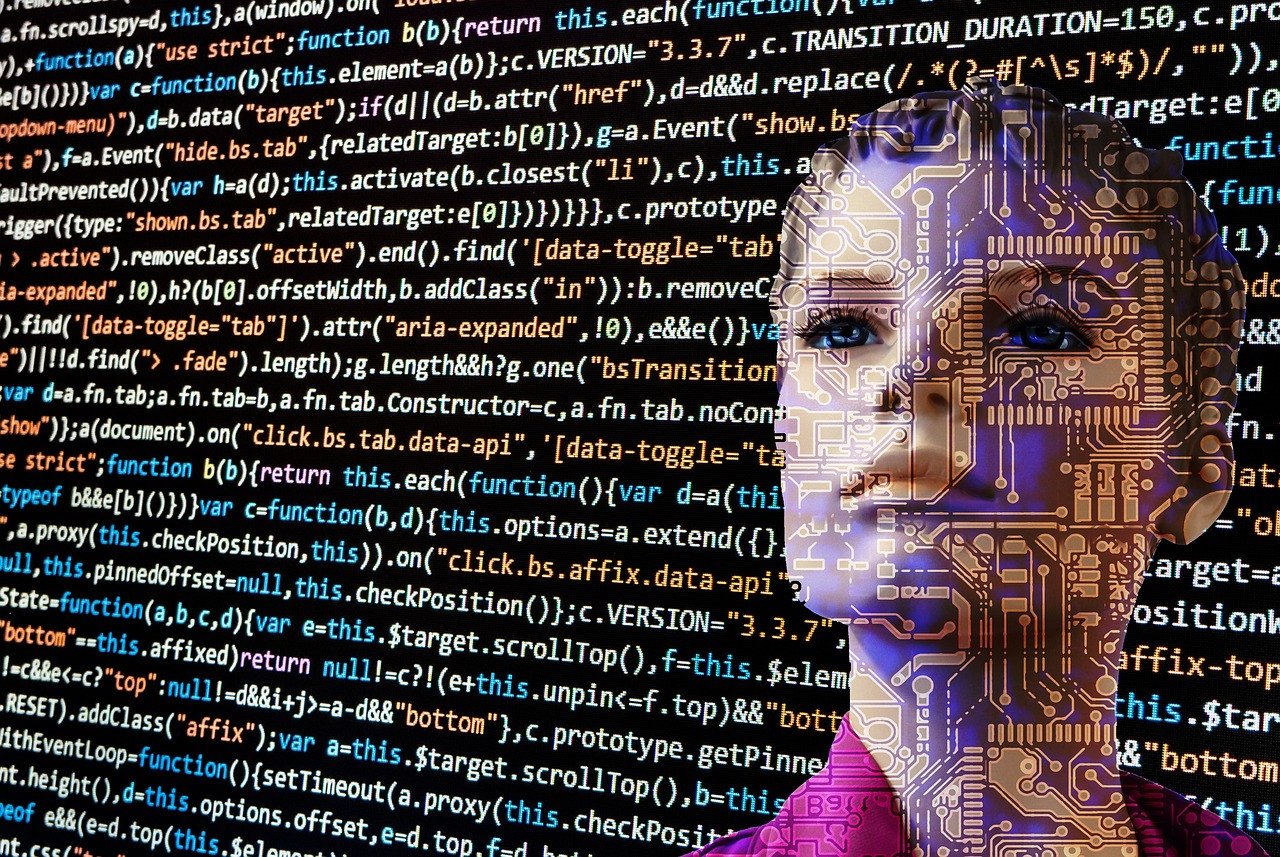Differences between AI and machine learning
Demystifying AI and Machine Learning: Key Differences Unveiled
This is a comprehensive and insightful overview of AI and machine learning! It effectively breaks down the concepts and applications of both fields, making them accessible to a broad audience. The explanations of supervised, unsupervised, and reinforcement learning are particularly clear, and the examples of AI and ML in various industries illustrate their real-world impact well.
Your discussion on the demand for AI and ML professionals and the importance of developing skills in these areas for career growth is also timely and relevant.
Overall, this piece serves as an excellent primer for anyone looking to understand the differences between AI and machine learning, their applications, and the career opportunities they present.

Disentangling the AI and Machine Learning Maze:
Artificial Intelligence (AI) and Machine Learning (ML) have emerged as transformative forces, reshaping industries and redefining the boundaries of technological innovation. While these terms are often used interchangeably, they harbor distinct characteristics that warrant a deeper understanding.
What is AI:
AI refers to the broad field of developing intelligent systems capable of mimicking human cognitive functions. These advanced software programs can analyze information, learn from experiences, and solve complex problems. AI encompasses various techniques and approaches, including machine learning, natural language processing, computer vision, and more.
The Machine Learning Paradigm:
Machine Learning is a specific subset of AI that leverages algorithms and statistical models to enable systems to learn from data and improve their performance over time without explicit programming. These algorithms are designed to identify patterns, make predictions, and adapt their behavior based on the input data they receive.
Supervised Learning: Guided by Examples:
In supervised learning, algorithms are trained on labeled datasets, where the inputs and desired outputs are provided. The algorithm learns to map the input data to the corresponding outputs, enabling it to make accurate predictions or decisions on new, unseen data.
Unsupervised Learning: Discovering Patterns:
Unsupervised learning algorithms operate on unlabeled data, seeking to identify inherent patterns, structures, or relationships within the dataset without any prior guidance. These algorithms are particularly useful for tasks such as clustering, dimensionality reduction, and anomaly detection.
Reinforcement Learning: Learning through Interaction:
Reinforcement learning algorithms learn by interacting with an environment and receiving feedback in the form of rewards or penalties. These algorithms aim to maximize the cumulative reward by taking optimal actions based on the current state and learned behavior. Reinforcement learning is prevalent in applications like robotics, game playing, and recommendation systems.
AI and ML in the Business Realm:
The synergy between AI and ML has revolutionized various industries, enabling organizations to unlock new levels of efficiency, innovation, and customer experiences.
Cybersecurity: Autonomous Threat Detection
AI and ML algorithms continuously monitor computer networks and systems, detecting anomalies that may indicate cyber threats. These algorithms adapt and learn from emerging threats, providing proactive defense mechanisms and enhancing cybersecurity postures.
Healthcare: Diagnostic Imaging Advancements:
Medical imaging has been transformed by AI and ML, enabling precise image reconstruction, lesion detection, and tumor identification. This technology assists healthcare professionals in making faster and more accurate diagnoses, ultimately improving patient outcomes.
Marketing: Personalized Customer Experiences:
By analyzing customer data and behavior patterns, AI and ML algorithms deliver personalized product recommendations, targeted marketing campaigns, and tailored customer experiences, driving engagement and revenue growth.
Supply Chain Optimization:
AI and ML models predict customer demand, material availability, and market dynamics, enabling organizations to optimize their supply chains proactively, reducing costs and enhancing operational efficiency.
The Demand for AI and Machine Learning Professionals:
As the adoption of AI and ML accelerates, the demand for skilled professionals in these domains continues to soar. According to industry reports, careers such as Data Scientist, Artificial Intelligence Engineer, and Machine Learning Specialist are among the fastest-growing and highest-paying professions.
Future-proofing Your Career with AI and ML Skills:
In a rapidly evolving technological landscape, developing AI and ML skills is crucial for adapting to the changing workforce and filling critical skills gaps. Multiverse's free bite-sized AI training offers innovative modules that cover foundational AI principles, prompt engineering, and ethical AI application, empowering individuals to future-proof their careers.
CONCLUSION:
In conclusion, this article serves as a guiding beacon through the complex realm of Artificial Intelligence (AI) and Machine Learning (ML), shedding light on their nuances, applications, and profound implications for industries and careers alike.
We've navigated through the labyrinth of terminology, unraveling the distinction between AI, the expansive domain of intelligent systems, and ML, its dynamic subset harnessing data-driven algorithms for learning and adaptation.
From supervised learning's meticulous guidance to unsupervised learning's quest for hidden patterns, and reinforcement learning's iterative mastery through interaction, we've explored the diverse methodologies driving AI and ML forward.
Moreover, we've witnessed their transformative power across various sectors. In cybersecurity, AI and ML stand sentinel, fortifying digital landscapes against evolving threats. In healthcare, they become the silent partners of medical professionals, enhancing diagnostics and patient care. In marketing and supply chain management, they shape personalized experiences and optimize operational efficiencies.
Yet, beyond their applications lies a thriving ecosystem of opportunities. The escalating demand for skilled professionals in AI and ML signals a burgeoning landscape of career prospects, where data scientists, AI engineers, and machine learning specialists are at the forefront of innovation and impact.
As we stand at the precipice of a new era defined by intelligent technologies, the imperative to embrace AI and ML skills becomes ever more evident. Multiverse's innovative training programs offer a pathway for individuals to future-proof their careers, empowering them to navigate the complexities of this rapidly evolving technological landscape.
In essence, this article serves not only as a primer on AI and ML but as a call to action. Whether you're a seasoned professional or an aspiring enthusiast, the journey into AI and ML promises boundless opportunities for learning, growth, and meaningful contribution to the tapestry of human progress. Embrace it, for the future awaits those who dare to explore its horizons.












Comments (0)
No comments found